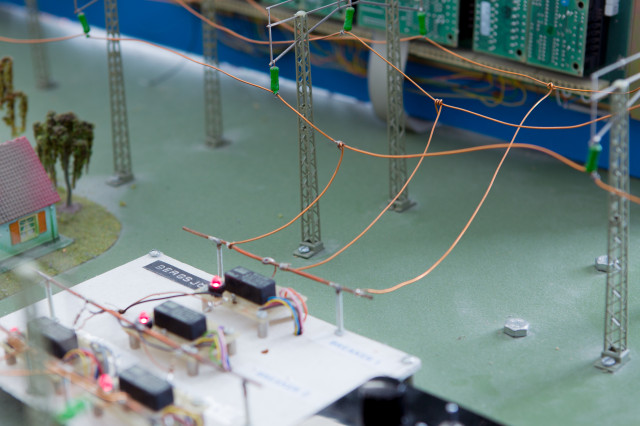The course gives an introduction in the area of networks for cyber-physical systems. On the technical side, it discusses the major challenges, principles, solutions and applications of wired and wireless networks that are utilized for the operation of a cyber-physical system. Regarding skills, the course enables the students to work closely with research literature and teaches students to tackle design, dimensioning and optimization problems with respect to the communication networking of cyber-physical systems.
The course introduces the main challenges, principles, solutions and applications of communication networks for cyber-physical systems. As an emerging networking paradigm, cyber-physical networking spans all communication processes that do not involve humans and which are designed to pursue tasks of automation and autonomy in the most general sense. This enables completely new application areas but introduces many novel and severe challenges. These have been addressed by research over the last couple of years and have initiated new standardization activities as well as significant research findings. This course deals with these new insights, principles and technologies and puts them in relation to applications in factory automation, robotics, traffic automation and other fields. In particular, the course is divided into six different blocks: Introduction to cyber-physical systems and their requirements, cable-based networking for cyber-physical systems, massive wireless networks for cyber-physical systems, critical wireless networking for cyber-physical networking, aspects of higher-layer networking for cyber-physical networking, and application examples. Each block is accompanied by a mandatory assignment for students to be worked on individually as well as in groups. Assignments that have to be worked on in groups are afterwards presented in front of class.
